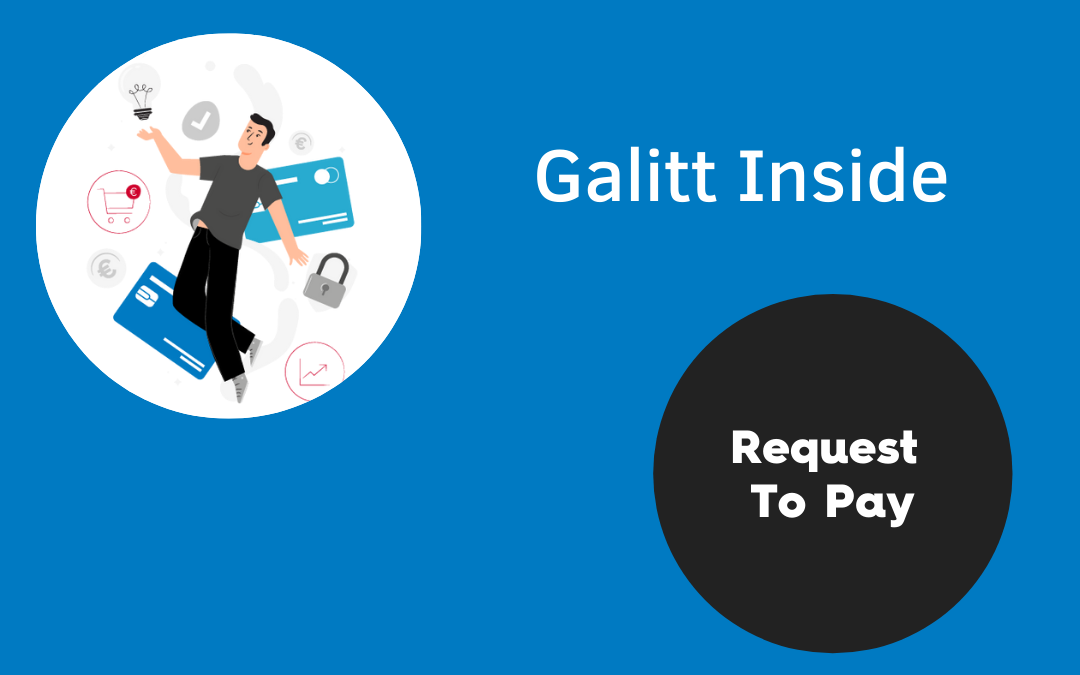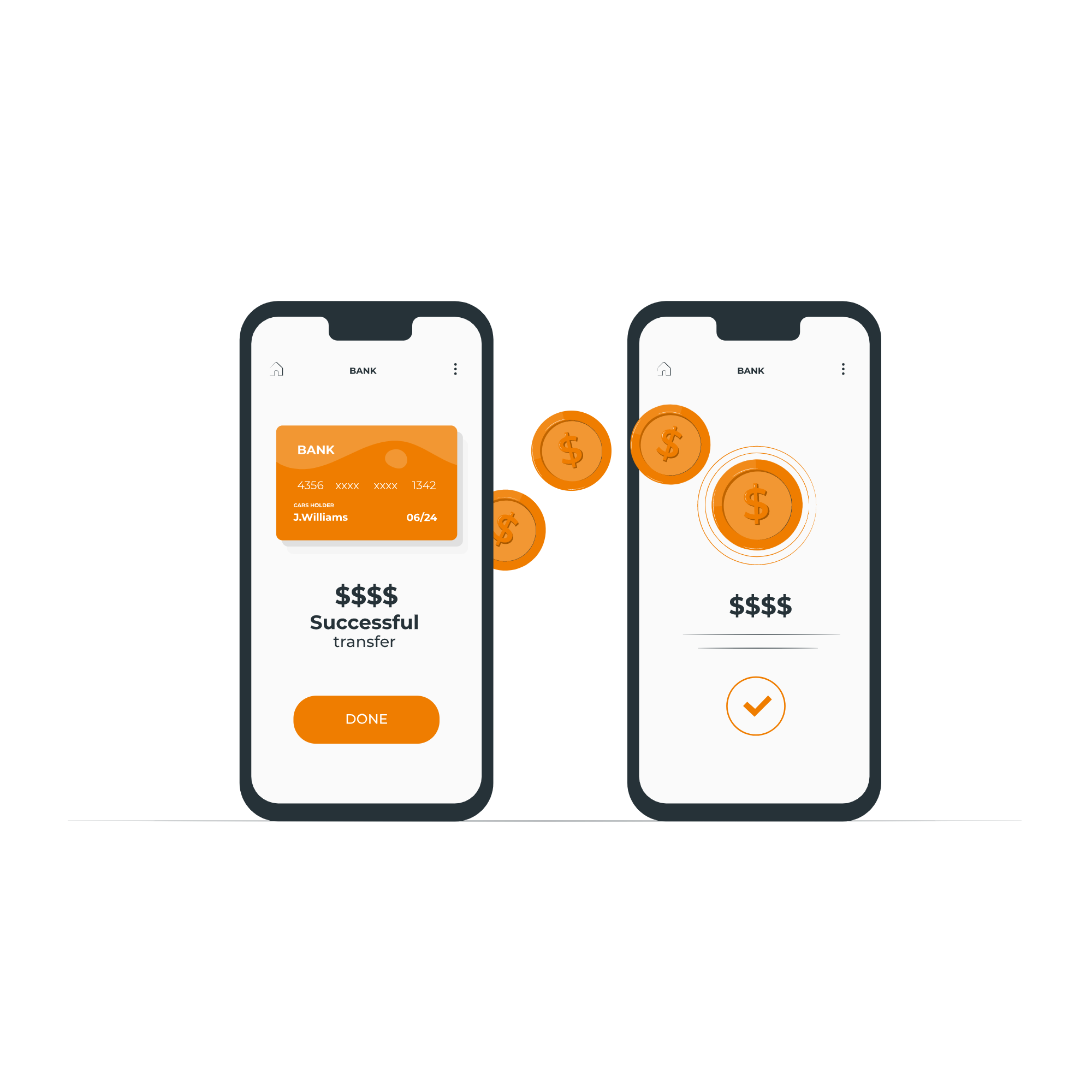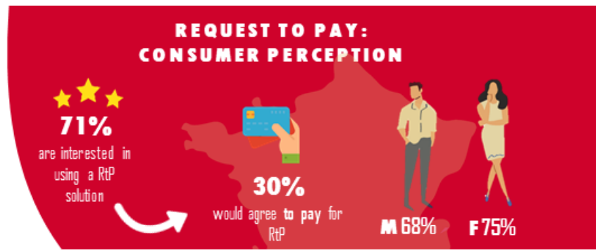Request to Pay : Where are we today?

Request To Pay (RTP) is a SEPA scheme/scheme for sending payment initiation requests. Launched on 15 June 2021 in SEPA countries, it allows merchants to send payment requests directly to their customers via a secure channel (email, SMS). The latter will have the option of paying via an instant transfer or postponing the payment to a later date by refusing the payment request (maximum of three months).

Background and objectives of the Request To Pay
The RTP is therefore not a new means of payment as such, but rather an initiator that will complement already existing services. It should be remembered that the implementation of this RTP is very recent. At the beginning of July, no member had yet registered in France, so we will have to wait a while before we see any concrete uses of the Request to Pay.
Nevertheless, we can see the possibilities of this messaging service closely linked to the EPI (European Payments Initiative). The EPI is a European initiative that aims to offer a harmonized solution throughout Europe, based on innovative digital payment services such as Instant Payment and RTP. Request to Pay completes the circuit of this instant payment (SEPA Instant Credit Transfer, SCT Inst), making it more feasible for merchants. The RTP-initiated payment request combined with an instant payment service could eventually be an alternative to in-store payment by bank card, for example.
RTP will also find applications for large billers who will be able to use it instead of direct debit, which can be contested by the payer within 13 months of the transaction.
E-commerce payment could also be influenced by the Request to Pay, especially in the case of exchanges between individuals. The instantaneous nature of the transfer in the case of RTP means that the payment is received immediately by the seller, who will not have to worry about the proper receipt of funds from his customer.
Finally, public administrations will be able to use the RTP to optimize the payment and collection of taxes and other state taxes. The process of digitizing these public organizations is already underway and RTP provides concrete solutions to these new forms of organization.

Examples and developments of RTP in the world
Some applications of RTP can already be seen around the world, some successful and some not so successful.
In France, a similar system had been thought in 2016: the SEPAMail Rubis. Without going into details, this service was not as successful as expected and was not able to establish itself as a real RTP solution. Even if the context seems more favorable today, pushed by European institutions such as the EPC (European Payment Council), we will have to wait for other concrete applications to gauge the attractiveness of the service in France.
In the United Kingdom, RTP was launched nationally in May 2020. Still hampered by the incomplete implementation of strong authentication and by competition from already well-established payment methods (direct debit in particular), it is still struggling to establish itself. Nevertheless, Pay.Uk has established the RTP standards and is supporting players who want to try it. AccessPay is working on an RTP solution that is compatible with Pay.Uk and with SEPA standards.
Despite these two examples of mixed success, some successful applications of RTP can be seen in other countries. Australia’s BPAY billing service has been a real success with nearly 60%* of Australians convinced by the service. BPAY allows individuals to pay their bills and businesses to ensure they receive the funds. The process is as follows:
- The payer identifies himself on his online banking platform and starts the payment procedure via BPAY.
- He then enters the code of the payee, the reference number of the invoice and finally the amount he wishes to pay.
- The payer’s financial institutions will validate the payment and provide a receipt.
- Finally, the funds will be deposited into the receiving account the next day.
This pathway is a good example of what the vast majority of Request to Pay services will look like in the future, although in this case the payment is not completely instantaneous.
In the Netherlands, it is the e-commerce payment system iDEAL that has successfully implemented an RTP service via QR CODE, web button or payment link depending on the preferences of the payers and payers. iDEAL is currently the most used online payment method by the Dutch with almost 69% of the e-commerce market share, far ahead of the bank card (9%). Like Germany, the Netherlands is one of the smallest users of bank cards in Europe, reinforcing the idea that services like RTP could be relevant there.
Nigeria is experimenting with Remita, an RTP system adopted by the Central Bank of Nigeria. The solution enables C2B payments and thus offers Nigerians the possibility to pay for various services: public institutions, insurance, associations and clubs, e-commerce shops, etc. Remita covers almost all the major expenses that a citizen would have to make and processes nearly 700 billion naira every month (1 naira = €486.15)
All these examples from around the world reinforce the idea that Request to Pay is relevant and brings real flexibility to the way we trade. Its close relationship with instant payment makes it a fast way to exchange funds between a payee and a payer, even in the case of recurring payments. RTP should indeed have a strong impact on the billing process, whether for public institutions or for subscription payments.



